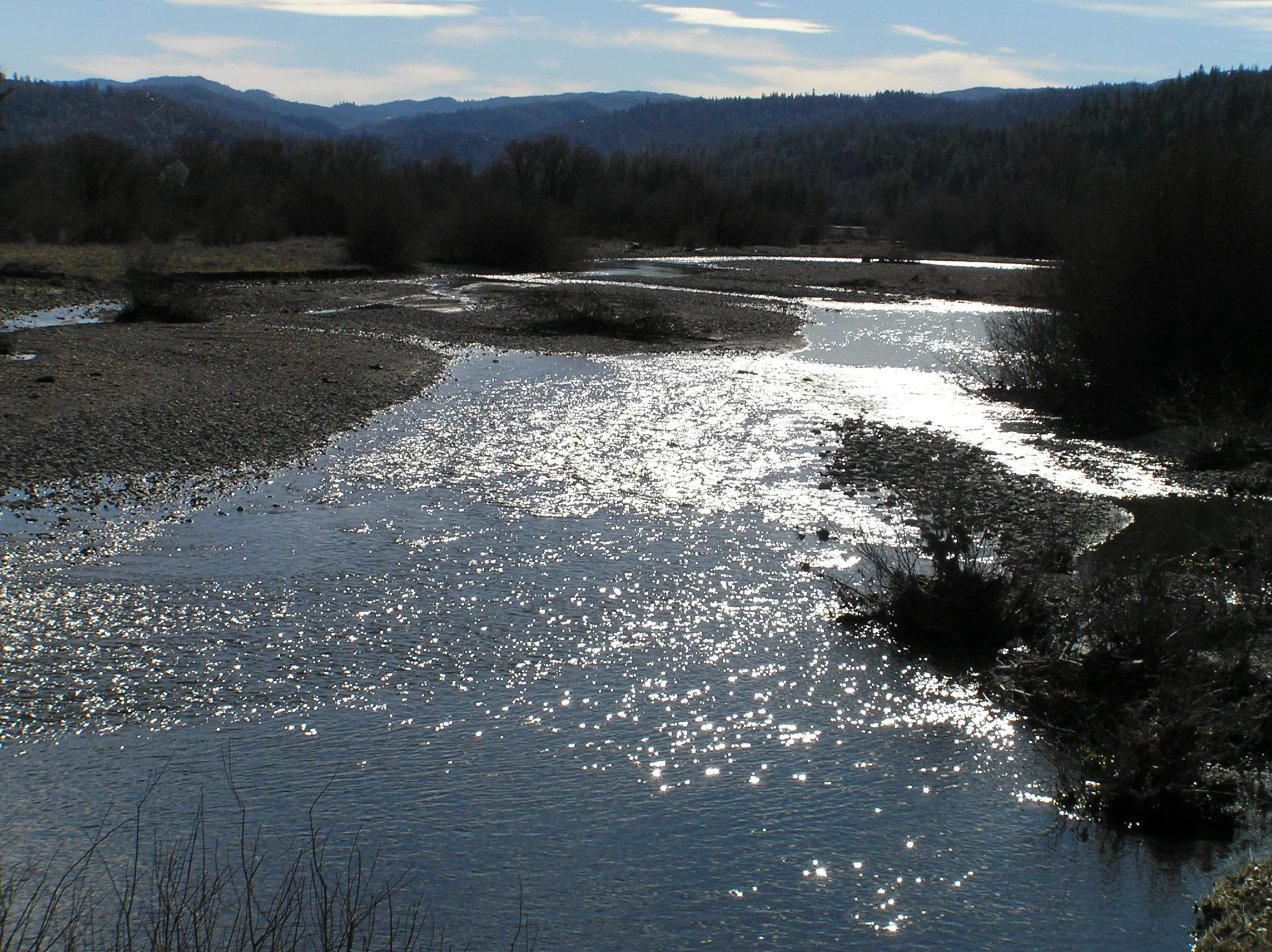PRESERVING A THRIVING NATURAL HABITAT
What began over a century ago as a reservoir has evolved into one of Northern California’s most diverse habitats—supporting fish, birds, mammals, reptiles, and plant communities that have co-adapted to the presence of Lake Pillsbury. Today, they depend on this lake to survive.
The Lake Pillsbury basin’s wetlands, riparian corridors, and surrounding meadows now form an interconnected environment that sustains multiple species of state and federal concern. The loss of Lake Pillsbury would destroy this intricate web of life and eliminate habitat that has matured for generations.
Wildlife Sustained by Lake Pillsbury
Nesting Bald Eagles rely on stable fish populations and tall shoreline trees for foraging and nesting.
Tule Elk thrive on the basin’s meadows, which provide critical forage and calving grounds.
Migratory Waterfowl depend on the lake as a key Pacific Flyway stopover for feeding and rest.
Western Pond Turtles, a California Species of Special Concern, inhabit the calm inlets and marshy edges of the reservoir and the rivers and tributaries that feed into it.
Essential Support for Federally Protected Fish
Project water collected in Lake Pillsbury plays a vital role in maintaining cold-water stream habitat required under the Endangered Species Act. Managed releases from Scott Dam into the Eel River sustain optimal conditions for Chinook salmon, Coho salmon, and steelhead trout during migration, spawning, and juvenile development.
These flows mimic natural hydrological cycles, providing stability and temperature control that support the survival of juvenile salmonids through the hot summer months.
Downstream, continued releases through the Potter Valley Project diversion help replenish Lake Mendocino and maintain minimum flow requirements in the Russian River, further supporting threatened and endangered salmonid species.
A Critical Reservoir for Climate and Habitat Resilience
Spanning roughly 2,280 acres, Lake Pillsbury captures seasonal rain and snowmelt from the Mendocino National Forest. This stored water sustains year-round flows, helps moderate extreme temperature shifts, and provides block releases to enhance aquatic habitat during key migration periods.
Without this reservoir, summer flows would drop to critically low levels and temperatures would rise, creating inhospitable—and often lethal—conditions for fish and wildlife.
Lake Pillsbury is not merely a water reservoir; it is a century-old living system that underpins the ecological health of two major watersheds—the Eel River and the Russian River—and provides essential resilience to a changing climate.

